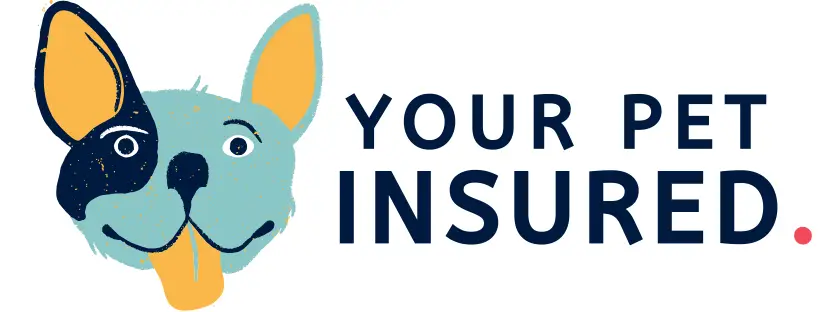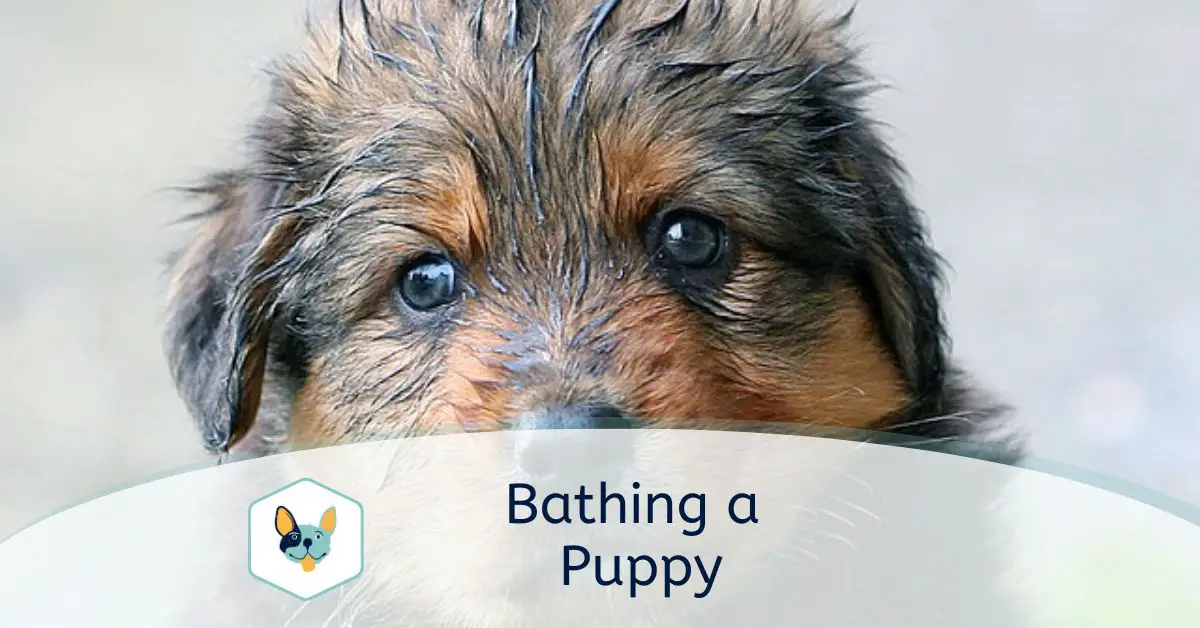Bathing a puppy
Bathing a puppy can be daunting, especially if it’s your puppy’s first bath. With some preparation and patience, you can make the experience enjoyable for you and your furry friend.
What age can you a bath a puppy?
In general, waiting until your puppy is at least eight weeks old is recommended before giving them their first bath. Until then, puppies still rely on their mother for nutrition and protection. If, for whatever reason, you must bathe your puppy before eight weeks mark, be sure to consult with a veterinarian before doing so.
How often should you bathe a puppy?
The frequency of puppy baths depends on several factors, including your puppy’s breed, age, and lifestyle. Some breeds will need a bath more often than others. Puppies do not need to be bathed as frequently as adult dogs. As a rule of thumb, you can bathe your puppy every 2-3 months. Although, If your puppy gets dirty or smelly, you can bathe them whenever needed. Make sure not to bathe your puppy over, as this can strip their skin and fur of natural oils and lead to dry, itchy skin.
What will you need for your puppies first bath?
Before bathing your puppy, gathering all the necessary supplies to make the experience as smooth as possible is important. Here’s a list of what you’ll need:
A tub or sink: If your puppy is small, you can use a sink or a small tub to bath them. If your puppy is larger, you can use the shower, bathtub, or even a hose outside.
Warm water: Use warm water when bathing your puppy. Cold water can be uncomfortable for them and could give them a negative association with bath time. Body temperature is a good temperature for your puppy’s bath water.
Gentle puppy shampoo: Use a puppy-specific shampoo, as regular dog shampoos can be too harsh for a young puppy’s delicate skin.
Towels and hairdryer: You’ll need a few towels to dry your puppy off after their bath. You can also use a hairdryer to dry your puppy if you prefer.
A cup or jug: A cup or jug can be used to pour water over your puppy’s body during the bath.
Dog treats: Having some dog treats on hand can be a great way to distract your puppy and reward them for their good behaviour during the bath.
How to bathe a puppy
Now that you have all the necessary supplies, it’s time to start. Here is a step-by-step for giving your puppy its very first bath:
Brush your puppies hair before the bath
Before you begin, it’s good to be prepared by brushing your puppy’s hair to remove any tangles or knots. This will make the bathing process more comfortable for your puppy and much easier for you.
Get the water to the right temperature
Fill your tub or sink with warm water, ensuring the temperature is comfortable for your puppy. You can use a thermometer to check the temperature, but it is simple to test it with your elbow or wrist to make sure it’s not too hot. A good temperature to aim for is body temperature.
Distract your puppy with treats
While you’re getting the water ready, distract your puppy with treats. This will help your puppy associate bathtime with something positive rather than stressful. This is important for building up a bathtime routine for the future.
Soak your puppy in warm water
Once the water is ready, gently place your puppy in the water. Supporting their body, let them get used to being in the water. Give them time before moving on to the next step.
Shampoo your puppy
Once your puppy is comfortable in the water, it’s time to start shampooing. Wet their coat thoroughly and apply a small amount of puppy shampoo. Be sure to avoid their face and ears. Gently massage the shampoo into their skin, taking care not to scrub too hard. Massaging the shampoo into your puppy’s fur is important to ensure the shampoo penetrates their coat.
Rinse off the shampoo
Once you’ve finished shampooing your puppy, rinse off all the soap. It’s important to ensure all the shampoo is rinsed off to prevent irritation. Use a cup or pitcher to pour warm water over their body and rinse every inch of their coat.
Dry your puppies hair
After rinsing your puppy, dry their coat thoroughly. Wrap them in a towel and gently rub them dry, paying special attention to their paws and ears. You can also use a hairdryer. If using a hairdryer, set it on a low or medium setting, keep it at a safe distance and not aiming it directly at your puppy’s face.
Brush your puppies hair again
Once your puppy’s coat is dry, take a few minutes to brush their hair again. This step will remove any tangles or knots.
Treat your puppy with a reward
Finally, reward your puppy with another treat for being so good during their bath (even if they weren’t that good). This will help reinforce positive associations with the bathing process and hopefully make it easier over time and in the future.
Getting your puppy used to a hairdryer
If you plan on using a hairdryer to dry your puppy’s coat, get them used to the sound and sensation of the dryer long before their first bath. Here are a few tips for introducing your puppy to a hairdryer:
Start slow: Begin by turning the dryer on and off at a distance from your puppy, gradually moving it closer over time. This will get your puppy used to the noise and not immediately associate it with the new strange sensation of air on their body.
Reward good behaviour: Whenever your puppy remains calm and relaxed around the hairdryer, reward them with a treat to continue to reinforce positive associations.
Avoid direct contact: Don’t aim the hairdryer directly at your puppy’s face or ears. Pointing it at their body using a low or medium setting is best.
Gradually increase the intensity: It may take a while, but once your puppy is comfortable with the sound of the hairdryer, you can gradually increase the power of the airflow. Even once you’re confident that your puppy is satisfied with the hairdryer, it’s always best to pay attention to your puppy’s body language and stop if they are uncomfortable.
By following these tips and the step-by-step run-through above, you can successfully bathe your puppy and get them used to the hairdryer in a positive and stress-free way. With some patience and preparation, you’ll be well on your way to a perfect puppy bath time routine and a clean and happy puppy.

